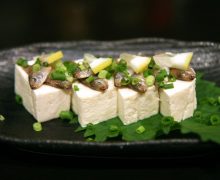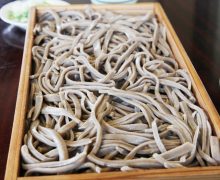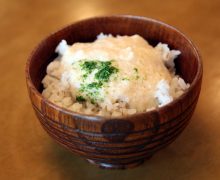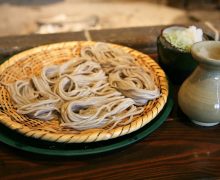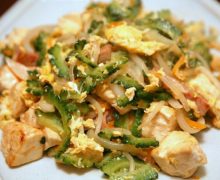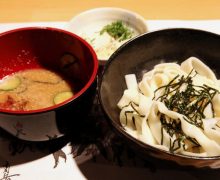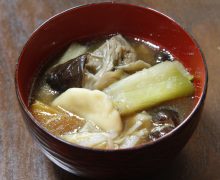Kenoshiru
What is Keno-shiru?
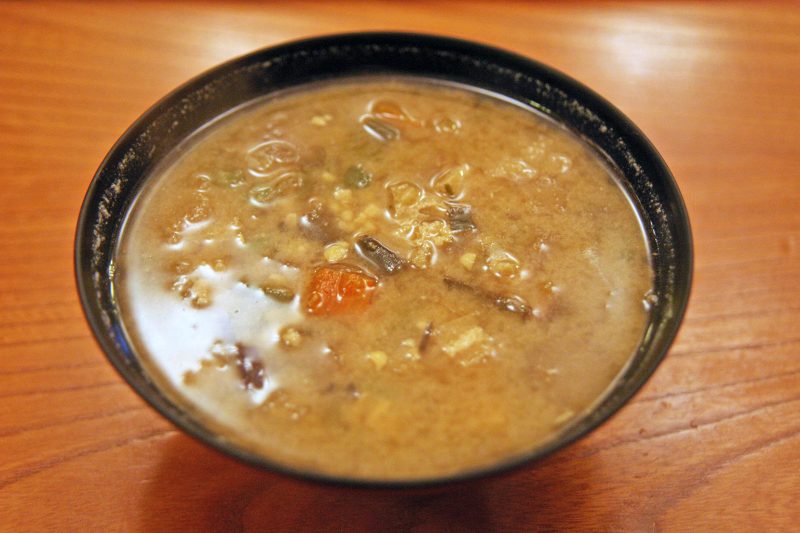
Kenoshiru
Kenoshiru (けのしる・けの汁) is a soup dish prepared and eaten in the area from the Tsugaru region of Aomori Prefecture to Akita Prefecture. It is a local dish of the Tsugaru region of Aomori Prefecture. It is also known as a local dish of Akita Prefecture.
It is a soup with a lot of ingredients: finely chopped vegetables and root vegetables such as daikon (radish), carrots and burdock root, wild vegetables such as bracken, blow fungus and royal fern, fried tofu, chikuwa and frozen tofu (Shimi dofu or dried tofu), cooked in kombu broth and seasoned with miso or soy sauce (traditionally ‘sumashi’), and finally with ‘jinda’ (soybean paste) made from soya beans that have been rehydrated and ground in a mortar and pestle.
The seasoning and ingredients used vary slightly depending on the region and household, with bamboo shoots boiled in water (Takenoko mizuni), kidney beans, baked tofu, kombu, chikuwa and walnuts sometimes used.
In the Tsugaru region and Akita, this traditional food has been eaten during the New Year as the equivalent of “Nanakusagayu” (Seven-herb rice porridgerice). There are various theories as to the origin of the name, but it is said that the ‘ke’ in ‘kenoshiru’ comes from the Tsugaru dialect word for ‘Kayu’ (porridge), and that ‘porridge soup’ (kayu-no-jiru) was transposed into ‘ke-no-shiru’. (The word ‘ke-no-shiru’, from which ‘kayu-no, shiru’ was transposed, is pronounced ‘ke-no-shiru’, not ‘ke-no-jiru’. In Akita Prefecture, ‘Kayu’ (porridge) is pronounced ‘kya’ and ‘keno shiru’ is also called ‘kyano-shiru’, ‘kyanoko’ or ‘kyanokko’).
In addition to the Tsugaru region and Akita, it is also eaten in the area around Sakata in Yamagata Prefecture, Hokkaido and parts of Iwate, where it is also called ‘kenoko-shiru’, ‘ke-eno-jiru’ or ‘ke-date’, depending on the region.
Kagoshima and Miyazaki also have ‘kayunoko-jiru’, which is said to derive from ‘Kayu no shiru’ and is eaten during the Bon Festival. It is a vegetarian dish made with aubergines, pumpkins, potato shells, kikurage mushrooms, kombu (kelp), etc. It has many points in common, such as soybeans that have been put back in water overnight and coarsely ground to make the soup.

